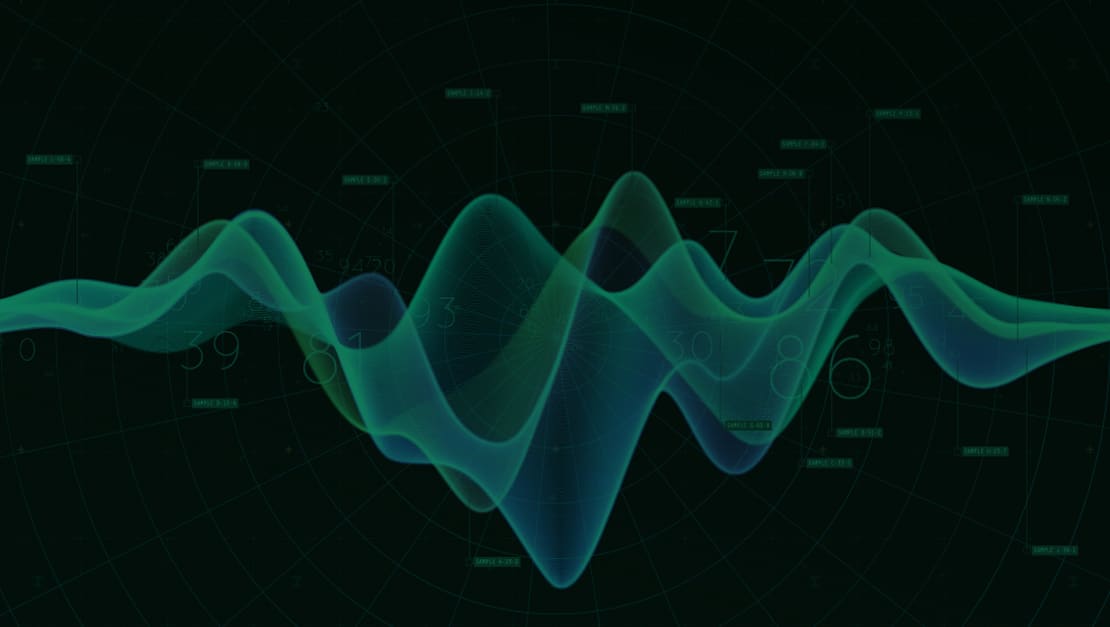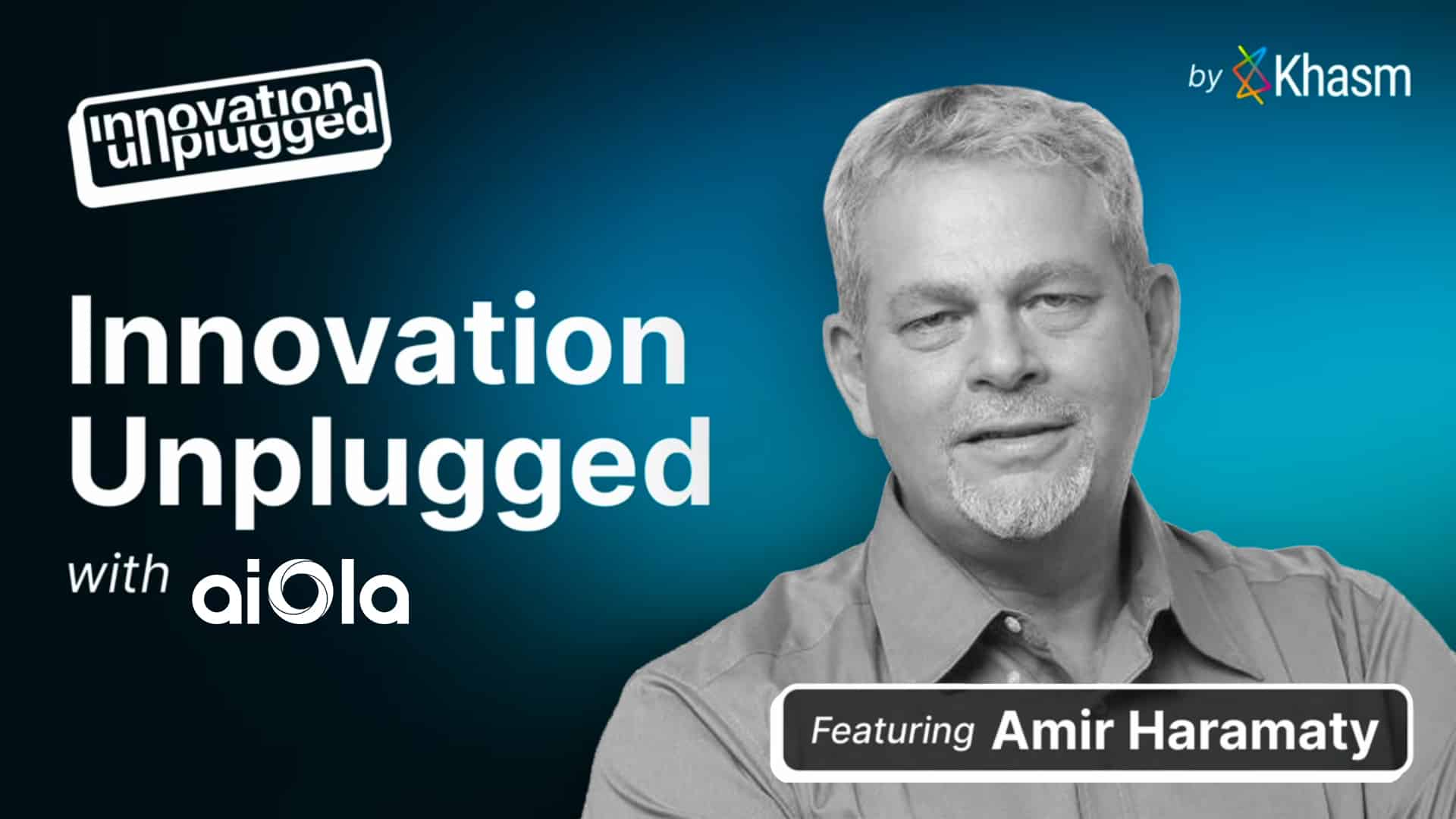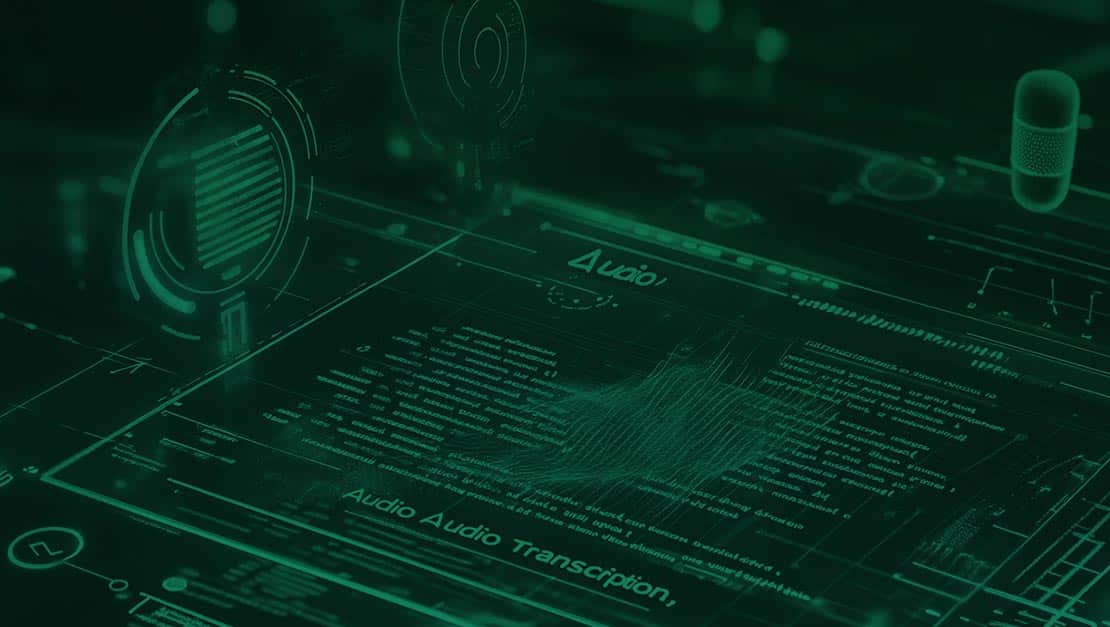Voice and speech may seem interchangeable in certain contexts, but these terms have different connotations when it comes to artificial intelligence (AI). “Voice AI” and “Speech AI” are two terms we often see used to talk about the same things, but they’re not identical.
Voice AI deals more with understanding while speech AI is focused on analyzing. While these two technologies can and often do work together in the same applications, they play different roles in how they work with language.
You might be wondering why this distinction even matters. Well, depending on your industry or goals with new AI technologies, one may be more useful than the other. In this blog post, we’ll look at outlining the key differences between voice AI vs. speech AI, examine real-world use cases, and look at how solutions like aiOla use speech AI specifically to unlock powerful operations.
Voice AI vs. Speech AI: The Key Differences
Before we can look at how both voice and speech AI are used, let’s lay the groundwork for how the two differ. Here’s a closer look at each and their general applications.
What is voice AI?
Voice AI is focused on understanding and responding to spoken commands. Some common use cases of popular voice AI applications include:
- AI-powered virtual assistants like Alexa, Siri, or Google Assistant using voice-to-text technologies
- In-car navigation systems with voice controls
- Voice AI chatbots
Voice AI systems take what you say, interpret your request, and respond. Take Siri for example. You can ask Siri what the weather is outside, and the virtual assistant will listen to what you say and provide a response with the current forecast. This technology makes it easier for us to interact with devices using voice alone, making these interactions hands-free and more convenient.
What is speech AI?
Speech AI, on the other hand, is more focused on processing and analyzing spoken language. Rather than answering commands, speech AI converts your words into text or analyzes speech patterns. This type of AI powers technologies like:
- Transcription services
- Real-time captioning
- Speech-to-text applications
- Speech sentiment analysis
Whether you want an application to take automated note-taking in a meeting or provide real-time captions for a video, speech AI helps computers understand spoken language at a deeper level. With this technology, systems can break down words into data that can be stored, analyzed, or searched, helping us communicate more efficiently in business and our daily lives.
Key Differences Between Speech AI and Voice AI
Now that we’ve got a handle on what voice AI and speech AI are, let’s look at the core differences between the two side by side:
- Purpose and functionality: Voice AI focuses on understanding and responding to commands, while speech AI is all about converting speech into text or analyzing speech patterns
- Technology and components: Voice AI uses natural language processing (NLP) and voice recognition to interact with users, while speech AI relies on advanced speech recognition and language models to transcribe or interpret spoken words
- User experience and applications: Voice AI powers smart assistants and voice-controlled devices to make interactions more intuitive, while speech AI enhances tasks like transcription, real-time captions, and speech-to-text to simplify communication
Use Cases and Real Applications of Voice AI and Speech AI
Looking at how and when voice AI and speech AI are used in context is a great way to understand which technology is more applicable to your specific needs. Below, we’ll look at use cases for both voice AI and speech so you can get a better picture of how they compare.
Applications of Voice AI
As we saw earlier, voice AI is at the heart of the smart assistants we use all the time, like Siri and Alexa. Studies actually show that at least 50% of US smartphone users are using voice assistants every day. These apps have become an integral part of our daily routines and help us set alarms, reminders, send notifications, and much more. Let’s take a look at some other voice AI applications:
- Smart devices: Voice-controlled devices are everywhere, from wearable devices like watches to home devices. Systems like smart lights and thermostats can turn lights on or off and set temperature all with voice commands alone
- Customer service: Voice AI helps companies handle and sort queries quickly by routing calls to the right agents or answering basic questions to reduce the load on customer service teams
- Vehicle systems: In cars, voice-powered interfaces allow drivers to control navigation, music, or temperature entirely hands-free, allowing them to keep their eyes safely on the road in front of them
Speech AI Applications
Speech AI shines in areas where spoken language needs to be analyzed or turned into text. Take transcription services, for example. With this type of speech-to-text technology, someone doesn’t need to manually type out meeting notes or interviews. There’s an increasingly growing demand for this technology, with the global market for speech recognition technology expected to grow by 20% by 2030. Here are more ways speech AI is being used:
- Real-time language translation: This technology can be used in educational and professional settings to help bridge communication gaps between people speaking different languages
- Better accessibility: For those with disabilities, speech AI enables automated captions to break down communication barriers. For example, a student or team member at work with hearing impairments can use these automated real-time captions to sit in on meetings or lectures
- Workflow automation: In industries like customer service, speech AI can transcribe calls and generate summaries or reports instantly, helping agents work more efficiently and leaving them more time to focus on strategic tasks like offering customers creative solutions
The Challenges and Limitations of Speech AI and Voice AI
Now that you understand the differences between voice AI vs speech AI, it’s also important to understand the challenges both these technologies face. Learning the limitations of these two technologies can also help you better understand which is more fitting for your needs.
Here are some key challenges and limitations of both voice and speech AI:
Accuracy and Context Understanding
- Voice AI may struggle with understanding nuances, slang, or conversational context, leading to misinterpreted commands
- Accents, speech impediments, and noisy environments can be challenging for speech AI, impacting transcription accuracy
Privacy and Data Security
- Users may have concerns about how voice and speech data are collected, stored, and processed
- There are risks associated with potential data breaches or unauthorized access to sensitive voice data
User Trust and Adoption
- Users may be hesitant to trust voice AI devices due to concerns over accuracy or frustration with misinterpreted commands
- Industries like healthcare or legal require precision and professionals may be skeptical about relying on speech AI for critical tasks
aiOla: The Multipurpose Speech AI Solution
For teams searching for a speech AI system, aiOla offers a solution that’s both powerful and simple to adopt, making it suitable for multiple industries and use cases. aiOla is a speech AI technology that’s powered entirely by natural speech, meaning there’s little to no learning curve involved in implementation.
aiOla can understand over 120 different languages as well as multiple accents, dialects, and specific industry jargon while functioning in any acoustic environment. For companies looking at implementing a high-level speech AI system, aiOla offers many attractive advantages. With aiOla, teams can:
- Cut down on manual operations such as inspections and reporting by relying more on speech
- Make workflows safer and more accurate through data captured through speech
- Capture data through speech that may otherwise be lost to inform more high-level decision-making
- Improve collaboration and communication between teams and team members
- Reduce human error by eliminating paper-based processes and disparate data
aiOla is already being used on the front lines in several core industries such as manufacturing, fleet management, delivery and logistics, and others, enhancing and simplifying workflows by turning speech into action.
Voice AI vs. Speech AI: Which Is Right for You?
The truth is that while similar, both speech AI and voice AI help you accomplish different tasks. It’s possible that you may benefit from a combination of the two technologies working side by side, or one alone may help you reach your goals. If you’re still on the fence, the best course of action would be to look for a technology like aiOla that can fit your business’s needs, scale as needed, and is easy to adopt and integrate with your existing tech stack.








